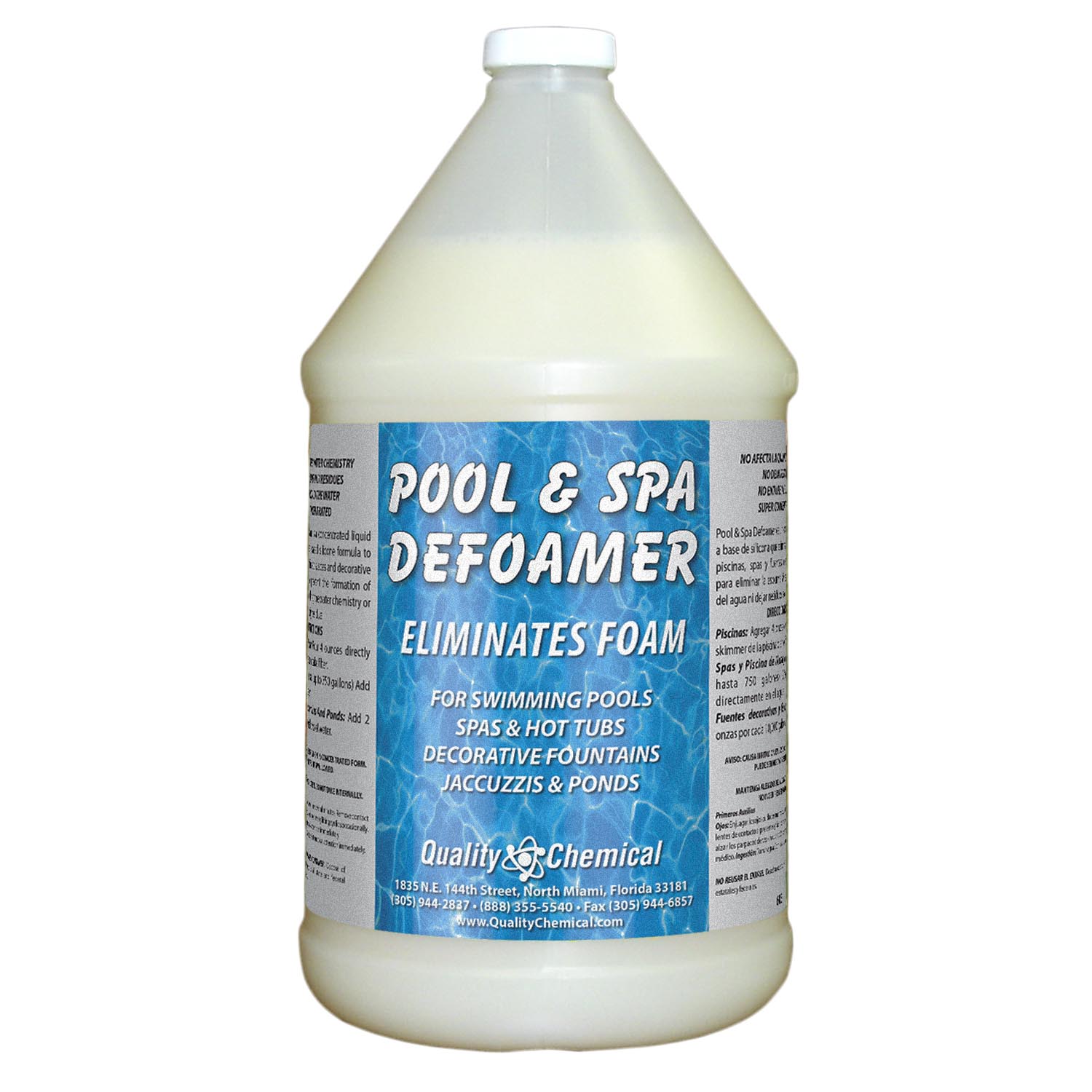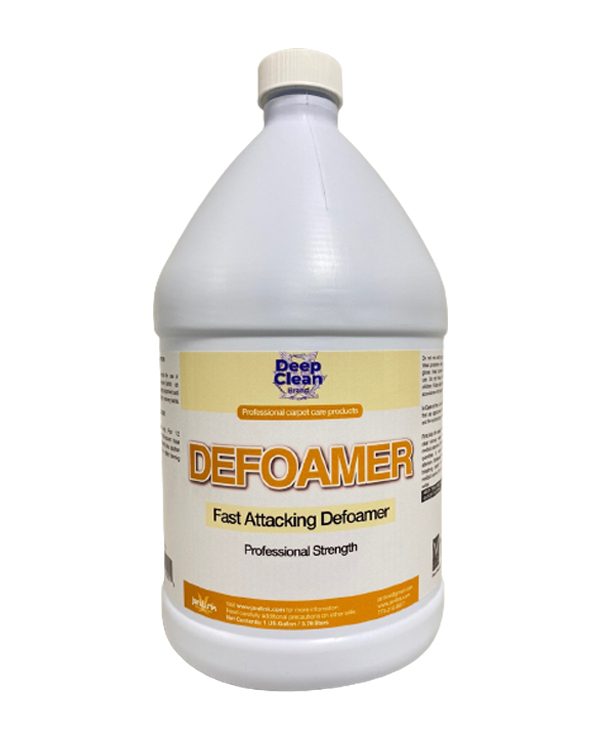Comprehending How a Chemical Defoamer Functions to Enhance Industrial Processes
Chemical defoamers play a pivotal role in enhancing industrial processes by effectively minimizing foam-related challenges. Their capacity to lower surface area stress and interfere with bubble development translates into smoother operations and improved effectiveness. The devices behind their activity and the range of readily available solutions necessitate a closer exam. Recognizing these elements might expose considerable insights into not only enhancing manufacturing however additionally achieving expense financial savings throughout multiple markets. What continues to be to be discovered is just how these defoamers can be customized to satisfy certain operational demands.
What Is a Chemical Defoamer?
A chemical defoamer is a substance specifically developed to remove the formation or minimize of foam in different commercial procedures. Frothing can interfere with production efficiency, influencing the top quality and efficiency of items in fields such as food and beverage, drugs, and wastewater treatment. Defoamers are crucial in these applications, as too much foam can result in operational obstacles, such as overflow, decreased mixing performance, and hindered warmth transfer.
The selection of an appropriate defoamer is necessary, as different formulas might be customized for specific procedures or types of foam. Aspects such as compatibility with other ingredients, temperature level security, and the intended application play a considerable duty in the performance of a defoamer.
Mechanisms of Defoaming Activity
The systems of defoaming action include complex communications in between the defoamer and the foam framework. When a defoamer is introduced to a frothing system, it moves rapidly to the surface area of the foam bubbles, displacing the maintaining representatives that contribute to foam stability.
As smaller bubbles merge into larger ones, the overall stability of the foam diminishes. Additionally, certain defoamers may consist of hydrophobic parts that boost their capacity to undercut the foam by developing an obstacle that hinders bubble development. This double activity-- surface tension reduction and destabilization-- enables a much more efficient failure of foam.

Furthermore, the thickness and dispersing characteristics of the defoamer play important roles in its performance. A well-formulated defoamer will guarantee quick movement and optimal performance, minimizing foam development throughout industrial processes. By understanding these mechanisms, sectors can much better pick and use chemical defoamers to enhance operational performance and product high quality.
Types of Chemical Defoamers
Chemical defoamers can be classified right into several kinds, each tailored to details applications and foam challenges. The main classifications include silicone-based, non-silicone-based, and powder defoamers.
Silicone-based defoamers are highly reliable due to their capability to spread out rapidly throughout fluid surfaces. Non-silicone-based defoamers, on the other hand, commonly count on organic substances like fatty acids or esters.
Powder defoamers include solid bits that can be included to dry procedures or formulations. They are often made use of in processes where fluid defoamers may not work, giving a special remedy for details applications, such as in the production of specific sorts of plastics or powders.
Furthermore, each kind of defoamer can be personalized with different additives to boost efficiency, such as surfactants or emulsifiers, permitting flexibility in resolving different foaming situations throughout numerous industries.
Applications in Industrial Processes

In the food and drink industry, defoamers are critical throughout the production of juices, beers, and milk products, where too much foam can hinder blending and filtering procedures. By minimizing foam formation, defoamers aid maintain regular product top quality and enhance handling times.
In pharmaceuticals, the visibility of foam during the mixing and solution of medicines can influence dosage precision and product security. Defoamers guarantee smooth operations, thereby assisting in the manufacturing of high-grade pharmaceuticals.
Wastewater therapy facilities additionally depend on defoamers to manage lathering in oygenation tanks, which can or else reduce therapy performance and complicate sludge handling. By properly managing foam, these chemicals improve the overall efficiency of therapy processes and contribute to governing compliance.

Advantages of Utilizing Defoamers
While foam can provide considerable challenges throughout different sectors, using defoamers uses countless benefits that enhance functional performance and product integrity. Defoamers properly reduce or remove foam formation, resulting in smoother production procedures and boosted product quality. This decrease in foam lessens interruptions during production, enabling constant operation and raised throughput.
Additionally, the application of defoamers can lead to set you back savings by reducing the demand for excess basic materials and power intake connected with foam monitoring. By maximizing the manufacturing process, manufacturers can accomplish greater yields and reduced waste, ultimately improving profitability.
Additionally, defoamers add to better equipment efficiency. Foam buildup can bring about blocking, overflow, and equipment wear, resulting in continue reading this pricey downtime and maintenance. By protecting against these problems, defoamers extend the life expectancy of equipment and minimize functional expenses.
Verdict

A chemical defoamer is a compound especially developed to reduce or get rid of the development of foam in various commercial processes. When a defoamer is introduced to a lathering system, it migrates rapidly read what he said to the surface of the foam bubbles, displacing the stabilizing representatives that contribute to foam security. A well-formulated defoamer will ensure quick migration and optimum efficiency, reducing foam formation during commercial processes. Defoamers properly minimize or eliminate foam development, leading to smoother production procedures and improved item quality.In verdict, chemical defoamers play a crucial role in enhancing commercial procedures by efficiently lowering foam formation.